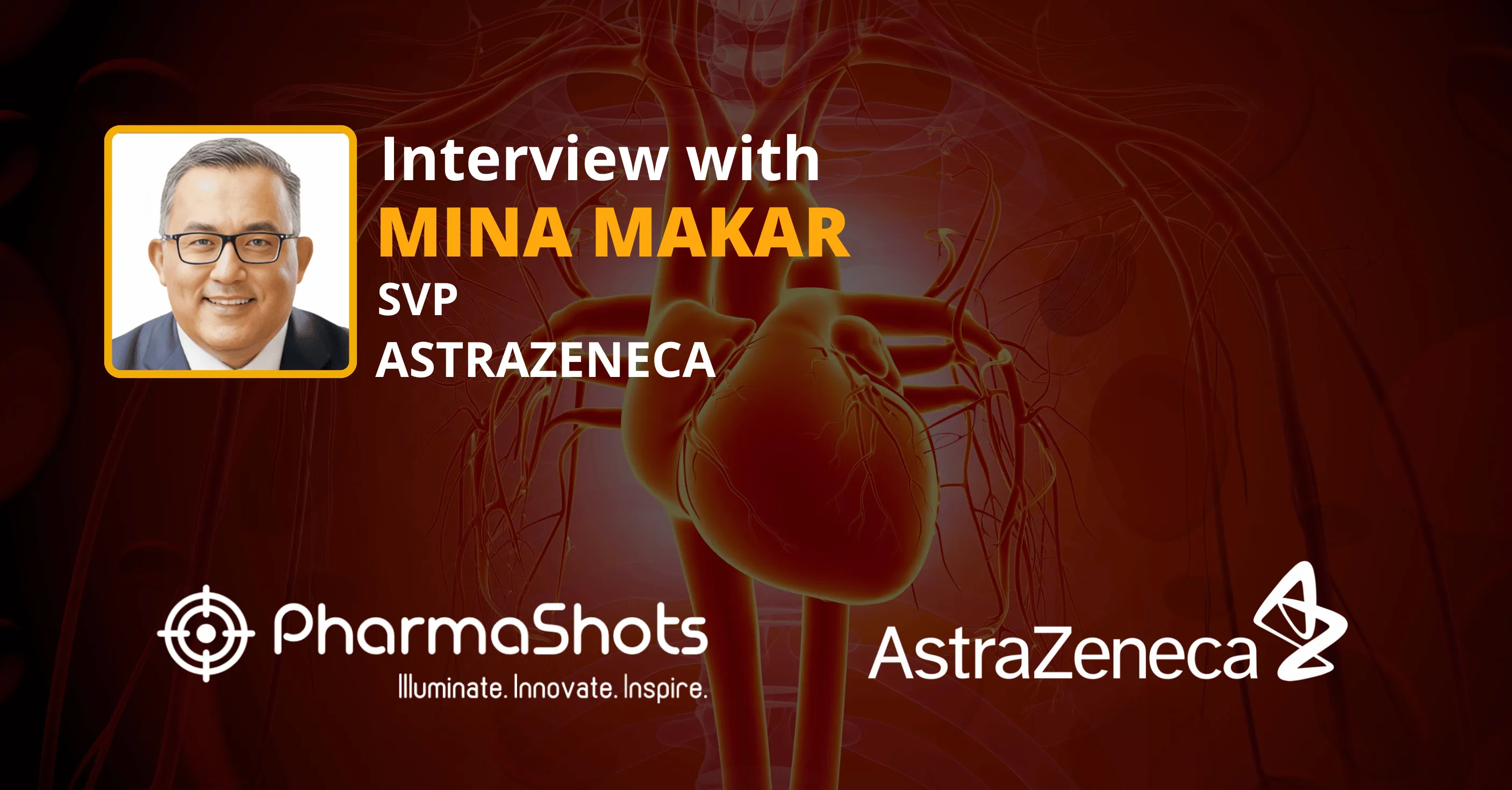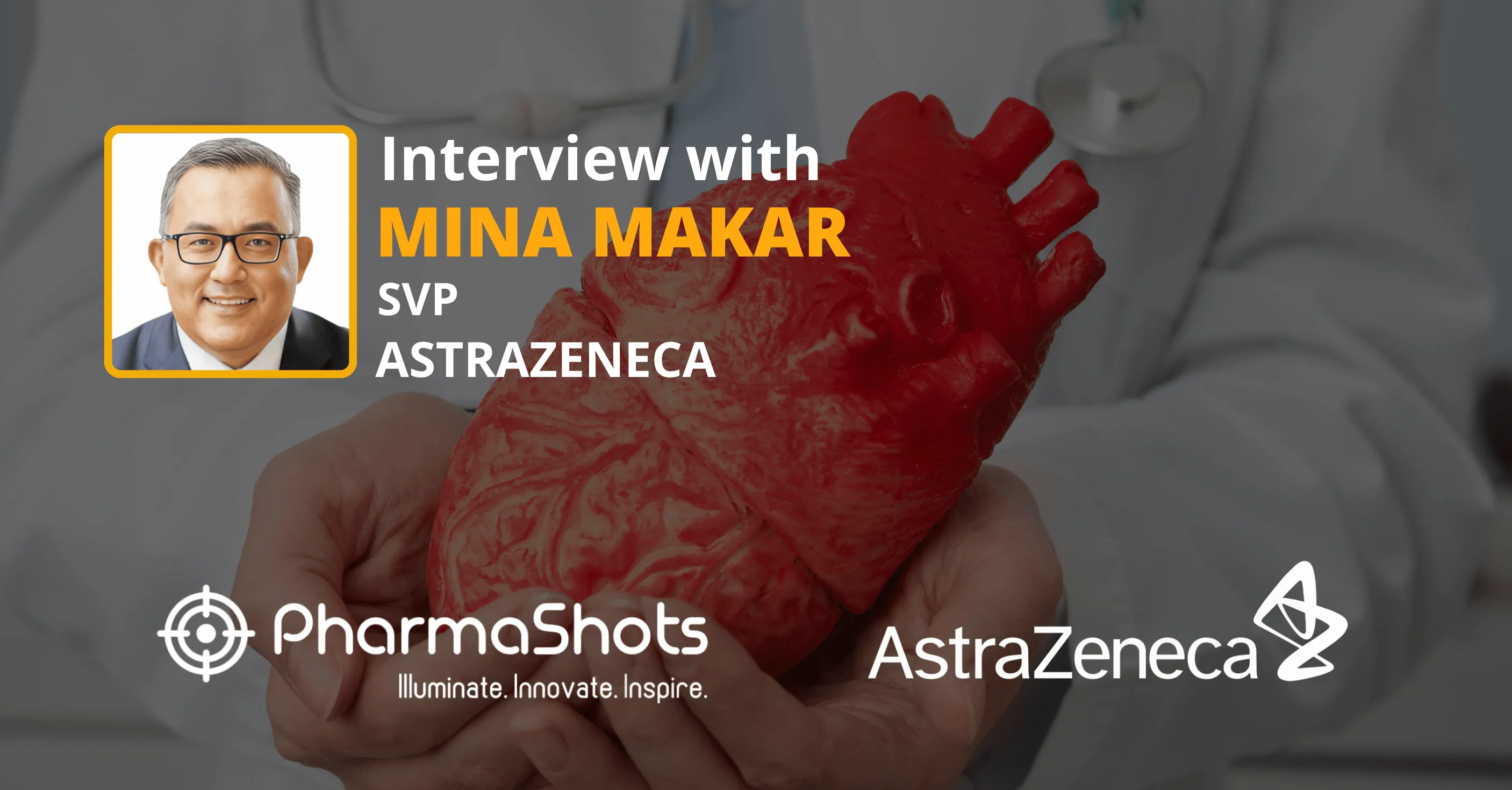
Laura Niklason, Founder, President, and CEO of Humacyte Shares her Views from the HAV™ Coronary Artery Bypass Graft Data Presented at the AHA Scientific Sessions 2022
Shots:
-
Laura gave an overview of Human acellular vessels (HAV). She talked about the six-month results of the HAV in a non-human primate model of CABG presented at the annual American Heart Association (AHA) Scientific Sessions 2022
-
She also elaborated on the construction and development of the CABG model and how it treats blocked arteries in the heart
-
The interview summarizes how Humacyte’s HAV can transform coronary artery bypass grafting providing greater durability of surgical results and decreased prevalence
Smriti: Shed some light on HAV
Laura Niklason: Human acellular vessels (HAV) are investigational, engineered, off-the-shelf replacement vascular conduits that are being developed across multiple indications in vascular repair, reconstruction, and replacement. At Humacyte, we are developing universally implantable human tissues that are transforming the science of regenerative medicine. Our HAV technology addresses the significant limitations of current commercially available vascular conduits. It is designed to offer off-the-shelf availability and resistance to infection, and is intended to overcome long-standing limitations in vessel tissue repair and replacement. Immediate access to the HAV eliminates time-consuming vein harvest in many cases, and its long-term durability may reduce the need for additional procedures. The HAV has the ability to self-heal after host cell repopulation, and it has the ability to regenerate as the body’s own tissue. Being universally implantable means that the HAV can be implanted into any recipient without the need for immunosuppression. HAVs are currently being investigated across multiple clinical trials in vascular trauma, arteriovenous access for hemodialysis, and peripheral arterial disease. Our HAV is being manufactured at commercial scale at our cGMP facility in Durham, N.C. From vascular advancements to the future potential of functional organ transplants, our regenerative innovations are harnessing the body’s own ability regenerate new tissues.
Smriti: Discuss the results obtained from the HAV in a baboon CABG model
Laura Niklason: Coronary artery bypass grafting, or CABG, treats blocked arteries in the heart and is one of the most commonly performed surgical procedures worldwide. However, many patients who need a coronary bypass for their heart disease do not possess suitable veins of their own to serve as bypass conduits. We recently presented six-month results of the HAV in a non-human primate model of CABG, at the annual American Heart Association (AHA) Scientific Sessions in November of this year. Our lead investigator in Humacyte’s coronary artery bypass studies, Alan P. Kypson, M.D., FACS, provided an update of the preclinical study that assessed patency and function of the HAV in the coronary bypass setting at six months. Our investigators found that the HAVs were repopulated with the animals’ own cells, resembling a native blood vessel, and were patent and functional and supplied blood flow to the heart. These results are encouraging and serve as the basis for continuing studies of the HAV in CABG, which may support future Phase 1 trials in patients.
Smriti: Explain about the construction and working of a CABG model
Laura Niklason: The ongoing preclinical study is a baboon CABG model. The data presented at AHA this year consisted of three baboons, aged eight to 10 years, in which the HAV was implanted as an aorta-to-right coronary artery graft. At six months, the HAVs we re-explanted and studied with histological analysis, which informed us about the biological response to the HAV while functioning as a bypass conduit on the heart in this non-human primate. This allows us to analyze the remodeling of the HAV within the patient and how the HAV develops into a tissue resembling a native blood vessel.
Smriti: Tell us more about the coronary artery bypass grafting
Laura Niklason: Coronary artery bypass grafting is one of the most common surgical procedures in the U.S. Unfortunately, the most commonly used graft for this procedure, the saphenous vein, has a 40% to 50% failure rate at 10 years. And just as all patients are different, so are the native veins for possible use in CABG: issues with vein availability, quality, and size plague the overall successful use of the saphenous vein for coronary artery bypass grafting. The HAV used as a vascular conduit in CABG procedures may address the long-term patency, availability and consistency issues that are associated with the current standard of care. The data that Dr. Kypson presented demonstrated that HAVs were not only patent at six months, but were also uniform in quality and became repopulated by the patients’ own cells, potentially addressing many of the long-term concerns seen with the current CABG standard-of-care graft.
Smriti: What are the other programs Humacyte is working on?
Laura Niklason: The HAV is currently being evaluated in multiple clinical studies in the United States, Europe, and Israel. The trials are evaluating three clinical indications: HAV as an arteriovenous access for hemodialysis in end-stage renal disease; as a bypass conduit in peripheral artery disease; and for repair and reconstruction in traumatic arterial injuries. As of 10 April 2022, a total of 374 subjects with ESRD, 35 subjects with PAD, and 51 subjects with vascular trauma have had the HAV implanted. The development of complex organ systems, including the biovascular pancreas, continue to move through preclinical stages. We have recently provided several updates on the first potential commercial indication for the HAV, in vascular trauma. The ongoing single-arm, open-label, unblinded Phase 2/3 trial in vascular trauma has enrolled 60 patients as of November 30th 2022 with the HAV performance-to-date comparing favorably to both current standards of care, saphenous vein and synthetic grafts. Our HAV has demonstrated low rates of amputation, low rates of infection (despite multiple implantations into contaminated wounds), and zero instances of HAV rejection.
Smriti: Are you looking for any future collaboration for further development of HAV?
Laura Niklason: We know that strategic collaborations can sometimes offer a path to market. We have already teamed up with some of the world’s healthcare providers to enable product commercialization. Fresenius Medical Care, the world’s leading provider of products and services for individuals with renal diseases, acquired a stake in Humacyte back in 2018 and agreed on a strategic partnership which was expanded in 2021. Our teams have been in sync since the formation of this partnership and have worked well to prepare for the commercialization of our HAVs. We look forward to collaborating further to benefit patients and care providers, as well as the continued growth of our companies. Our HAV has also received priority designation for the treatment of vascular trauma by the U.S. Secretary of Defense, which is a direct purchaser of medical supplies and equipment. In general, we have seen success in our collaborations to date and look forward to continuing opportunities that benefit as many patients as possible.
Source: Canva
About the Author:

Laura E. Niklason is the Founder, President, and CEO of Humacyte. She is a physician-scientist. Dr. Niklason’s groundbreaking work in vascular and lung engineering has made her a world leader in regenerative medicine. She is a member of the National Academies of Engineering and Medicine and serves on the advisory board of Trestle Biotherapeutics. She obtained her bachelor’s degree from the University of Illinois Urbana-Champaign, master's degree from the University of Michigan and did PhD from the University of Chicago.
Tags

Senior Editor at PharmaShots. She is curious and very passionate about recent updates and developments in the life sciences industry. She covers Biopharma, MedTech, and Digital health segments along with different reports at PharmaShots.














